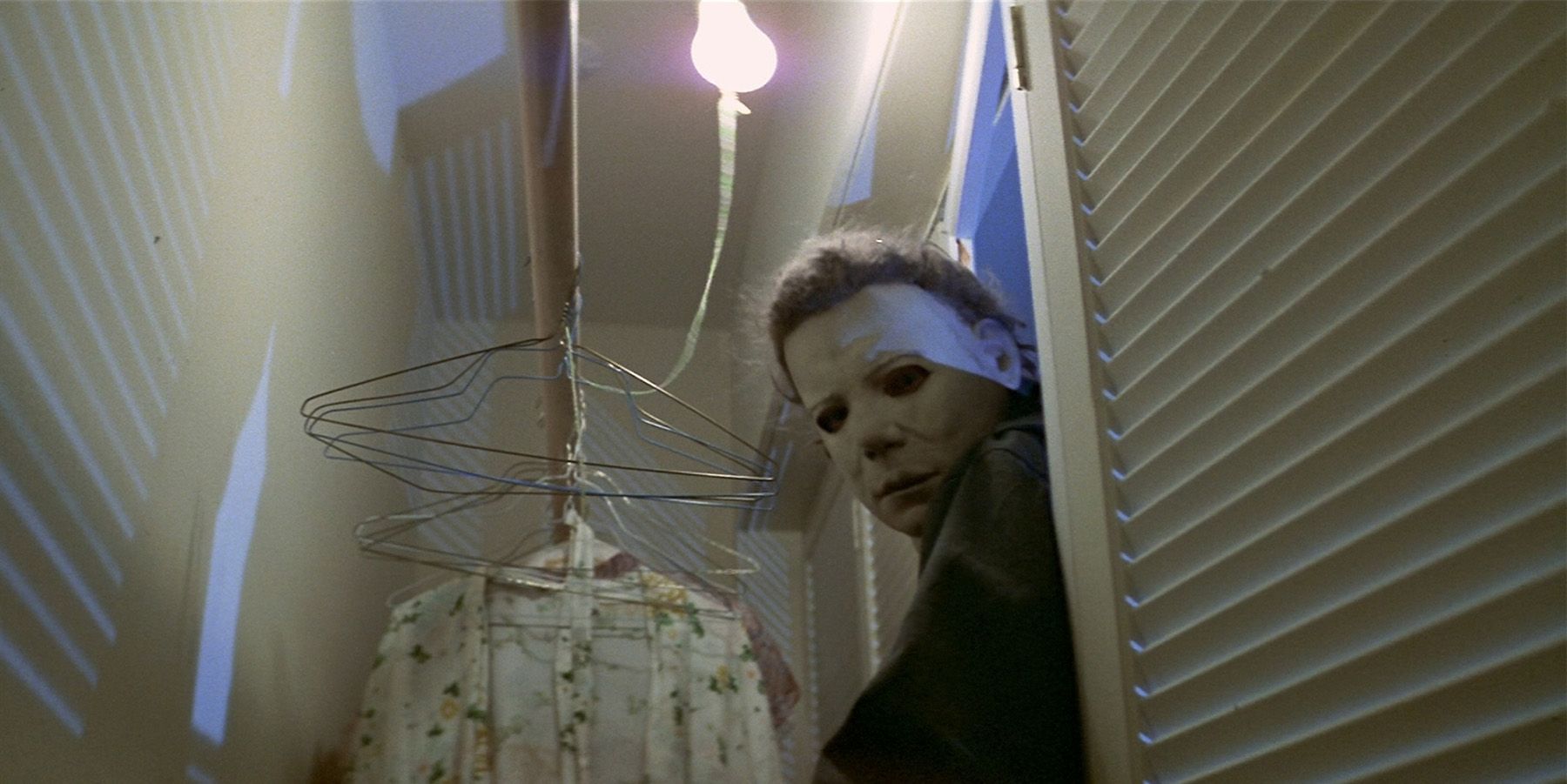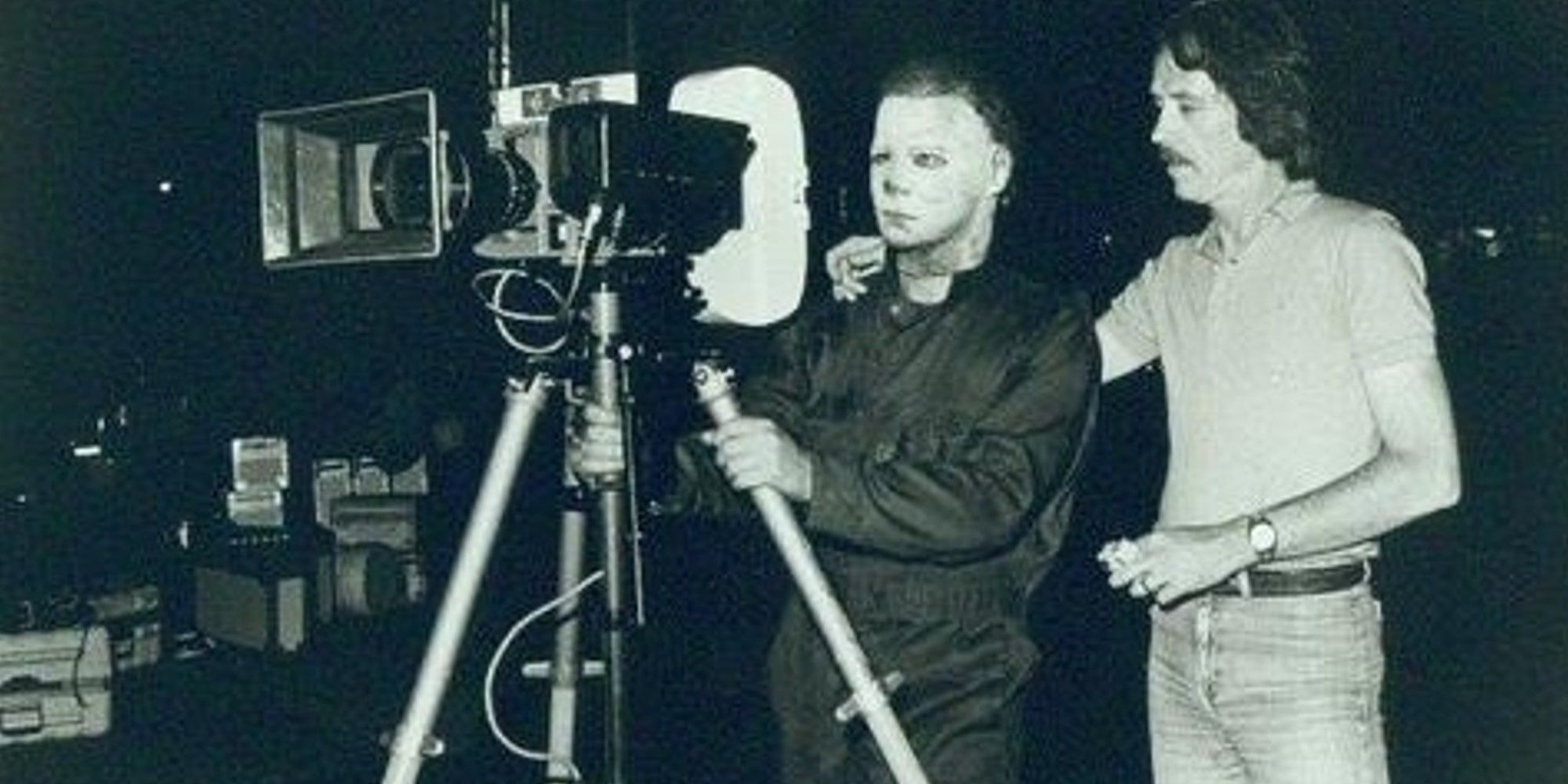Acclaimed director John Carpenter reflects on the production of Halloween when looking back at his filmmaking career, opening up about his experience when making his incredibly influential 1978 slasher film. Carpenter's third feature film starred Jamie Lee Curtis and Donald Pleasence. It introduced audiences to the dreaded masked serial killer Michael Myers, who stalks the streets of Haddonfield after escaping from a sanitarium on a fateful Halloween night. Halloween not only stands as one of the most successful independent films of all time thanks to its reception and box-office gross but played a significant role in reinvigorating and revolutionizing the horror genre in subsequent years.
As part of a more extensive interview with Variety discussing his filmmaking career, Carpenter was asked about his experiences developing several of his most celebrated films. When asked about the original 1978 Halloween's production, the director emphasized that the shoot remained one of his most fondly remembered filmmaking experiences from his career, explaining that he found the production easygoing and enjoyable despite involving many night shoots. Check out Carpenter's full response below:
"“Halloween” was probably the best experience as a director I’ve ever had. It was so much fun. We were a bunch of kids who were out to make a movie and make it fast. We shot primarily in Hollywood, which is right near where I was. It was a lot of nights, but it wasn’t hard. No, that one was very easy."
How Halloween Changed The Horror Genre
Halloween's release came at a turning point for the horror genre, as Carpenter's helped jumpstart and usher in what is regarded as the "Golden Age" of slasher films. Before Halloween's release, the horror genre had leaned into horror films that placed heavy emphasis on films that prioritized psychological and supernatural horrors. Many films were inspired and adapted by novels, such as 1960s Psycho and 1963's The Haunting. Following Michael Myers' original theatrical killing spree, studios sought to replicate what they believed made the film successful, as the following decade of the 1980s saw several new, original horror icons created, including Jason Voorhees (Steven Dash and Warrington Gillette) and Freddy Krueger (Robert Englund). The genre moved away from spirits and monsters, with many films featuring blade-wielding villains stalking ordinary teens in seemingly ordinary settings as they performed bloody kills in the wake of Halloween's success.
As well as leading to studios reconsidering the horrors of their films, Halloween's success also saw a change in how the lead characters of horror were developed, as Curtis' Laurie Strode became an influential "Final Girl." Coined by Carol J. Clover in 1992, a "Final Girl" is described as a woman who is the sole survivor of a horror villain, often facing off against and triumphing over the threat with an element or characteristic that sets them apart from other characters. While she wasn't the earliest character cited by Clover as a "Final Girl," Laurie is one of the examples of the trope that has resonated most heavily with audiences, with Curtis explaining in 2021 that she sees Laurie and Michael as representations of pure good versus pure evil, which allows them to continue to appeal to viewers.
While Halloween spawned a franchise that's continued for 44 years, the original 1978 film has remained one of the franchise's most celebrated entries. While later installments would build on the tale of Michael Myers through surprise family connections, magic, and the character's effect on Haddonfield, the original stories tale of survival against a faceless, near-unstoppable evil remains instantly accessible to modern audiences through a simple yet captivating premise. And though Carpenter has had a long and influential career as a filmmaker, Halloween remains one of the best examples of the creator's vision due to the level of control and creativity he had in the production.
Source: Variety


